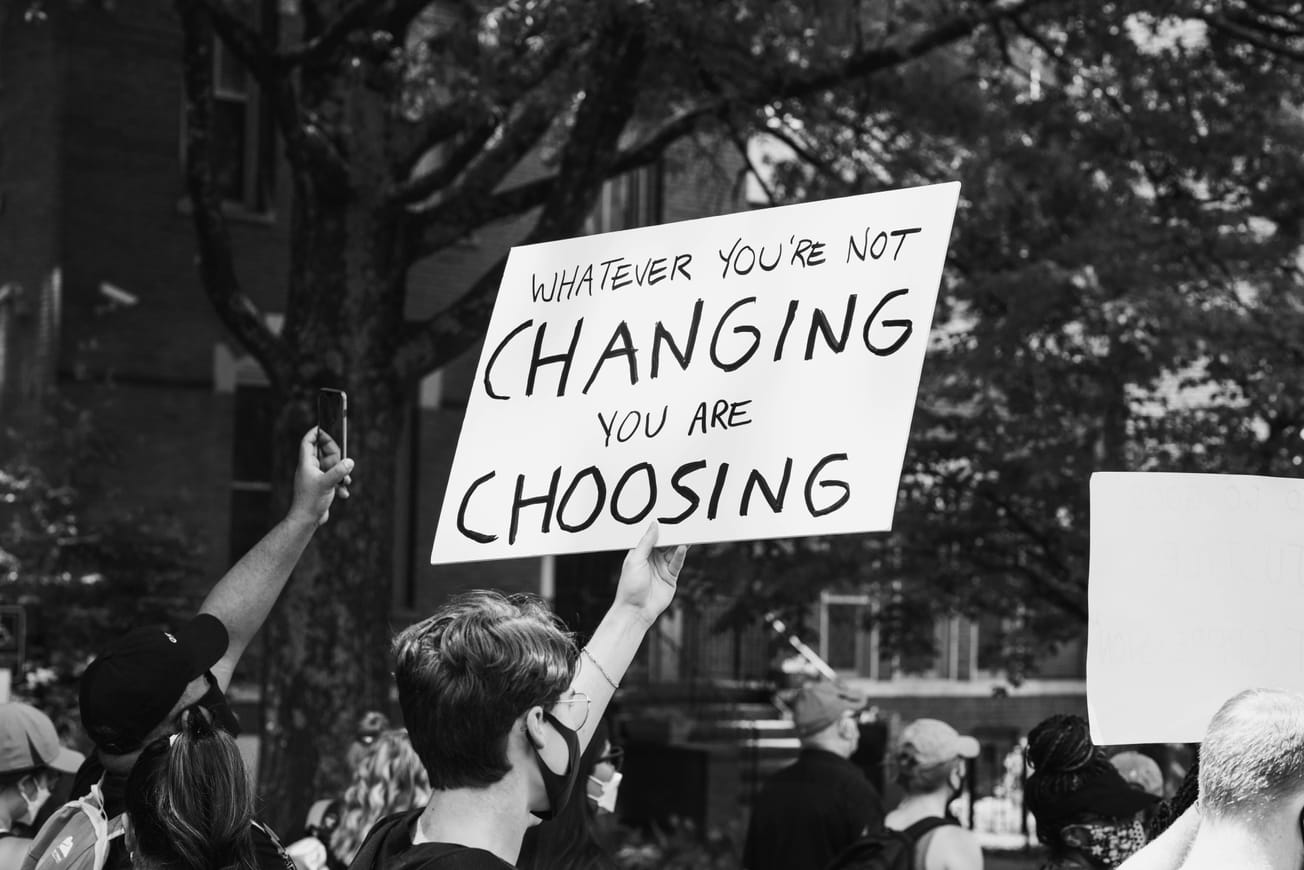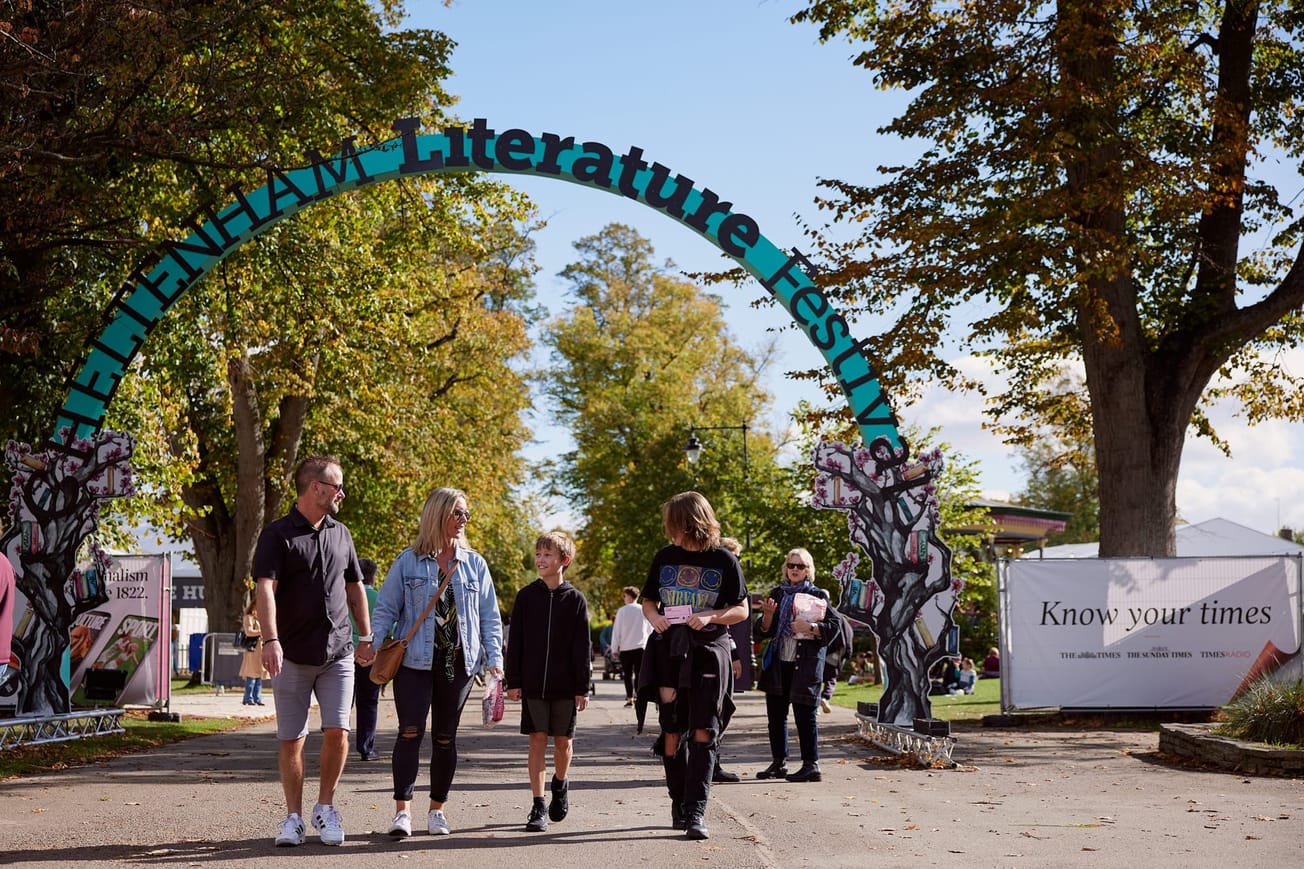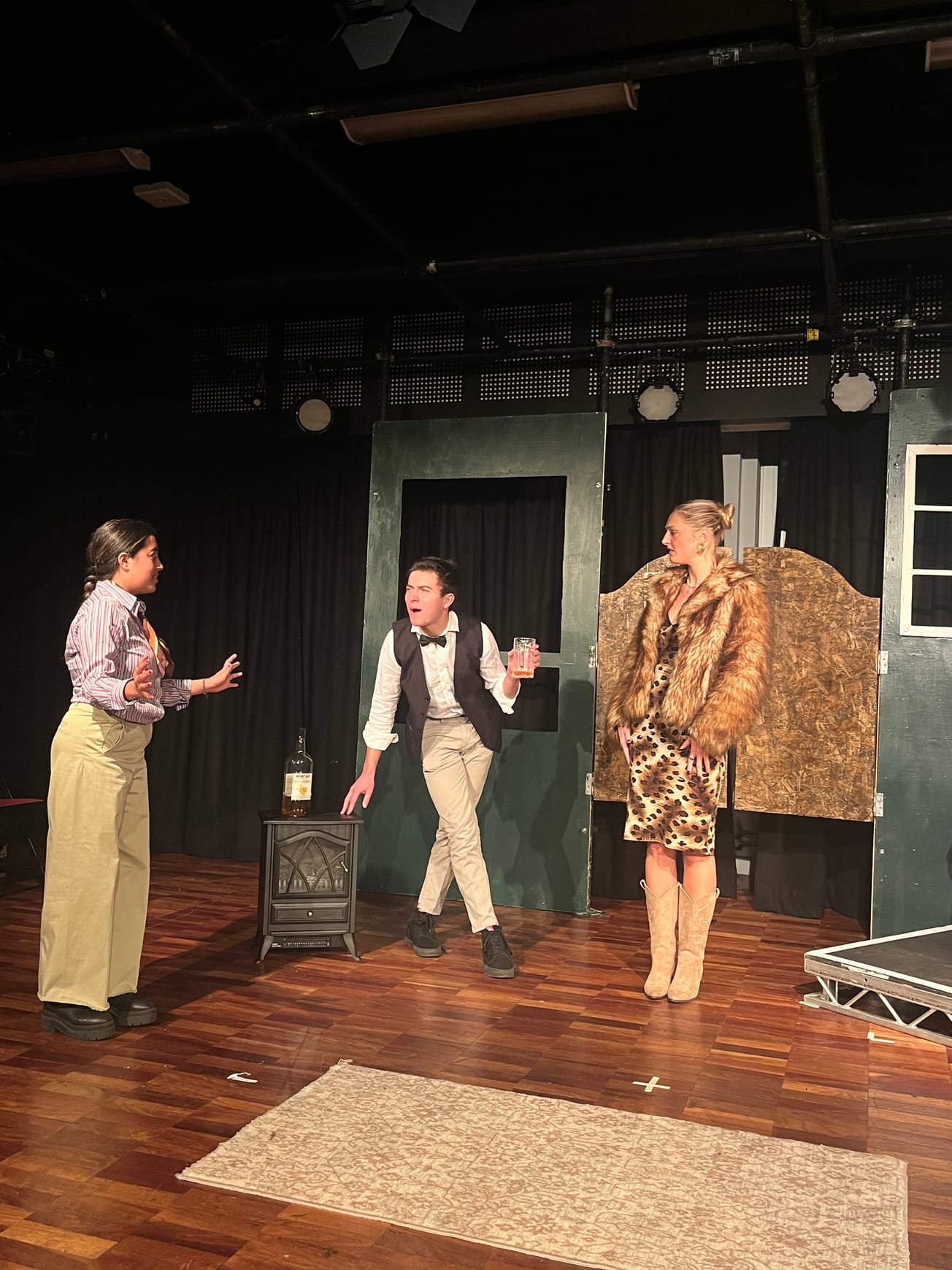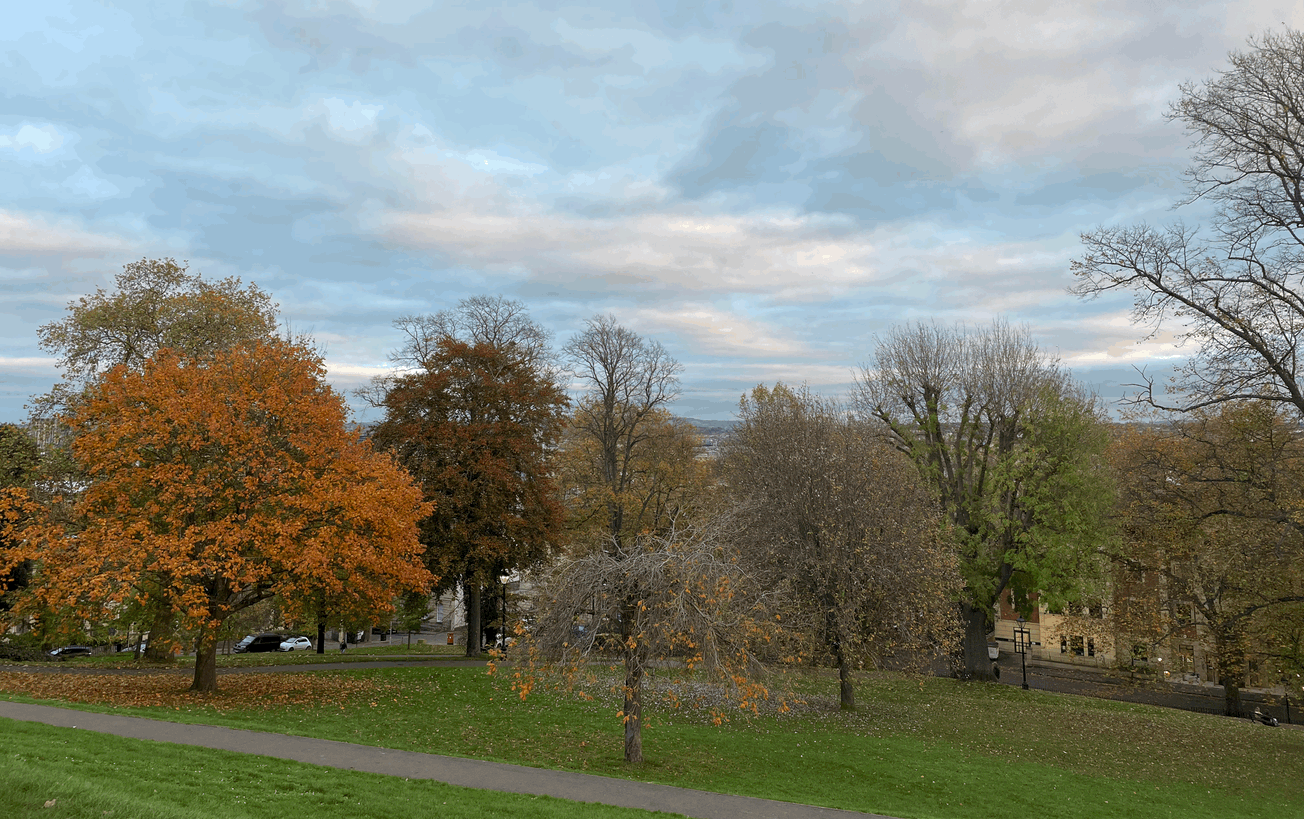By Ella Carroll, Co-Deputy Arts Editor
Bristol is perhaps one of the most politically active cities in all of the southwest and it also happens to be home to some of the most creative and artistic people too. These two factors combined, result in a plethora of protests taking place throughout the city every year and each one is ornamented by various artistic displays of all kinds: creative posters and signs, performance art and chants and music. What each protest demonstrates, therefore, is how art is a method by which protest can be done intellectual, tactful, and emotive way.
This method of protest is certainly not unique to Bristol, however. Throughout history, art has long been used as an effective, stirring form of protest. There are numerous instances from decades passed where art has been used as a tool to raise awareness about certain issues or to enhance the act of protesting. The AIDS Memorial quilt, made in 1987, is a classic example of this. The massive, panelled quilt contained almost 50,000 fabric squares to memorialise each victim of the AIDS crisis, and it sought to not only acknowledge those who had lost their lives but to illuminate the insensitive and shambolic way in which their government dealt with the crisis. From this, it is evident that art can be an emotive technique used to protest injustices.
But in Bristol more specifically, art has long been used as a means of social commentary. Banksy’s various graffiti pieces which one can see dotted across the city, are perhaps the most famous example of Bristol art. In his works, Banksy highlights various social injustices and inequalities in an evocative way and the very nature of his art – the fact that it is technically illegal – is what makes it, by nature, a form of protest. Furthermore, the streets of Bristol are embellished with various murals and works of graffiti, which serve a similar purpose.
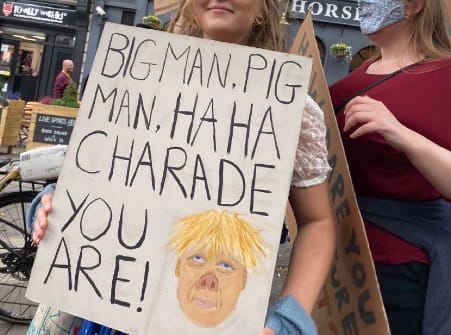
But in physical protests more specifically, Bristol seems to have a wealth of talented artists who use their skills to help whatever cause they are supporting. I have fond memories of the first protest I ever attended in the city and the various creative hand-painted posters and banners which proud students held. Performance art, music and chants are also techniques which are utilised to create a communal and spirited atmosphere. Indeed, art pf all forms seems to be a witty and creative medium through which protesters can express discontent and it is an eye-catching method too. Not only is good art noticeable at a protest, which means photographs are taken and the issue is given more publicity on social media and local news, but also it humanises the protesters, showing them to be interesting and talented individuals who possess opinions that matter.
It is this human element that is perhaps what makes art such an effective medium of protest. In times of crisis and distress, art reminds us that humans continue to persevere, and creativity can still flourish, even in less-than-ideal conditions. Whether it be dance, music, banners, or works in a gallery, art is a unifying force that drives rebellion and forces us to call into question societal norms.
Feature image by: Unsplash: Corey Young
What protests have you attended?

